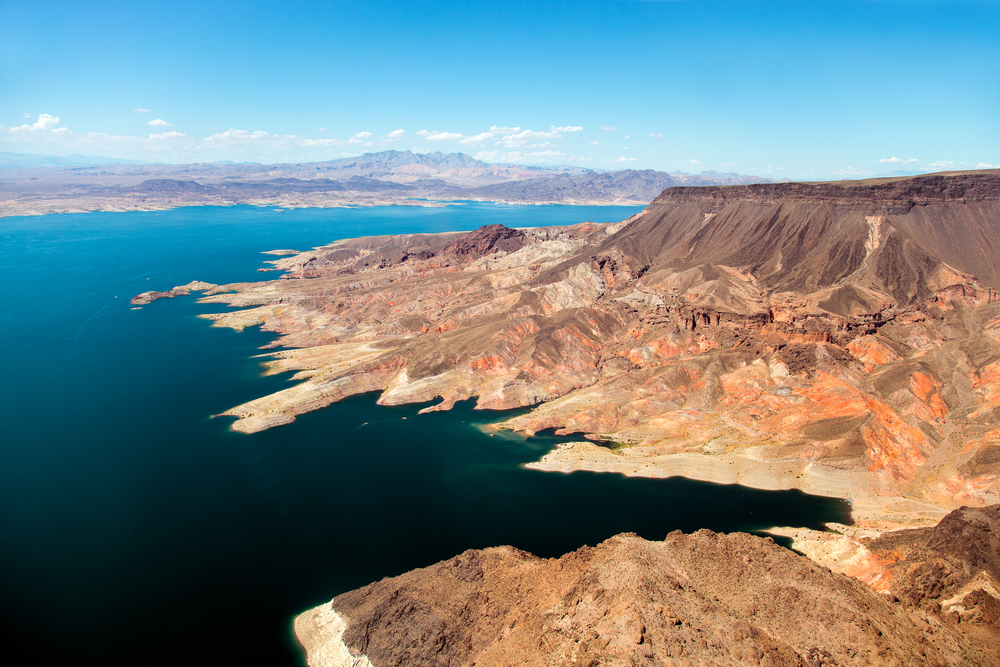Lake Mead has to rate among the most amazing man-made lakes in the world; created from dammed water of the Colorado River, the massive reservoir is 112 miles long, 532 feet deep, and can hold 26.11 million acre-feet of water at its maximum capacity. This reservoir is the main reason Hoover Dam was built, and Lake Mead provides much-needed water to Arizona, California, and Nevada. This water provides life to 20 million people and irrigates vast tracts of farmland across the desert Southwest.
Lake Mead not only provides life-giving water and electrical power through Hoover Dam, but it’s also an outdoor recreation paradise. Both locals and tourists alike flock to the Lake Mead National Recreation Area to hike, bike, boat, and camp. It’s just a short, 20-mile drive and a world away from the Las Vegas Strip.
Getting There
Getting to Lake Mead from Las Vegas is easy; just drive west on Lake Mead Parkway until you get to the gate. You can also get there from Henderson and Boulder City by taking Highway 93/95 until you get to the gate. The visitor center is at the Boulder City gate. There, volunteers can answer all of your questions. The entrance fee is $25 for a one week pass.
If you come in from Lake Mead Parkway, you’ll have your choice to turn north onto Northshore Road, or south onto Lakeshore Road. If you want to take in some stunning scenery, go north on Northshore Road. This road passes through vast areas of untouched desert and amazing rock formations you never thought were so close to Las Vegas.
However, if you’re looking for a kayaking adventure, turn south onto Lakeshore Road for the Black Canyon Water Trail. Guided kayaking tours launch from the base of Hoover Dam, taking you 30-miles through the cliffs of Black Canyon. Launching a kayak from Hoover Dam requires a permit, so taking the guided tour could be your best option. You can also launch a kayak from Willow Beach, 10-miles north of the dam, without a permit.
The White “Bathtub Ring”
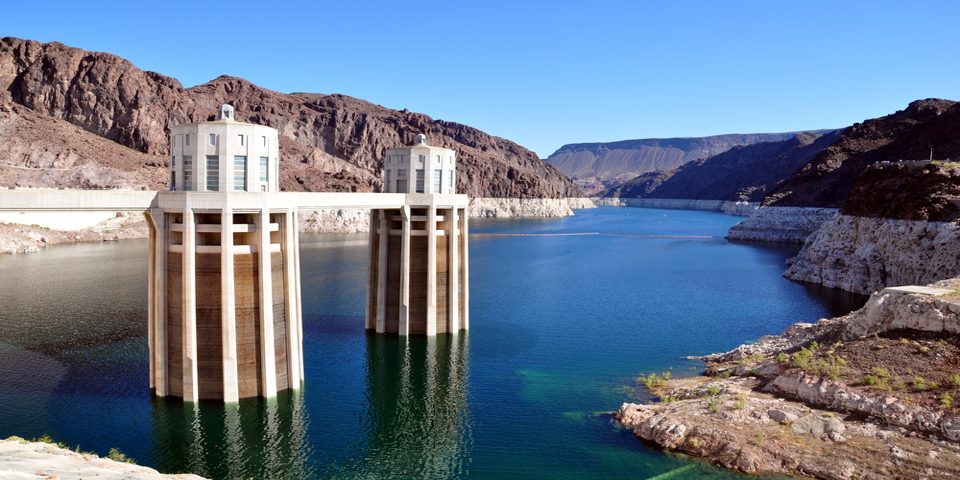
One thing you’ll instantly notice, is the ring of white rocks around Lake Mead; that was once the waterline when the lake was originally filled in the late 1930s. Over the years, the water leached out minerals, leaving the white waterline.
Since the construction of Lake Powell in the mid-1950s, further north on the Colorado River, the water level of Lake Mead has steadily gone down. Likewise, many years of drought, as well as overuse, has depleted the water levels in Lake Mead. As it stands, the lake is at about 40% capacity.
One other thing you will notice are areas of ground covered with small white clamshells; these areas were once covered with water for years, long enough for millions of small clams to grow and die.
Wildlife at Lake Mead
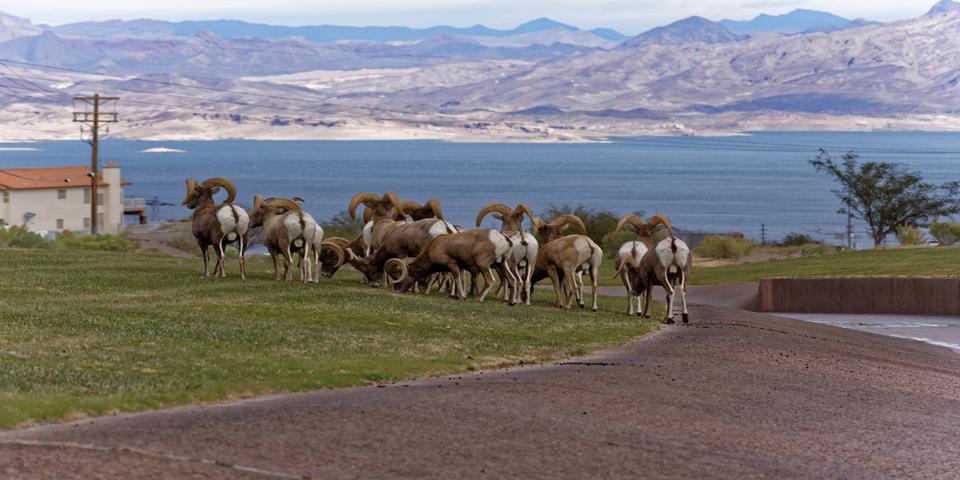
Don’t be surprised to see small herds of bighorn sheep, wild horses, and burros, as well as cattle around Lake Mead. Coyotes are plentiful, and you may even see a fox or two.
Lake Mead is a great place for bird watchers too; you can spot many types of hawks and even bald eagles around the lake. Native songbirds are also plentiful.
You’ll also see a wide variety of waterfowl, everything from ducks and coots to herons and pelicans. Yes, there are big, white pelicans in Lake Mead!
Things to Do at Lake Mead
Whatever outdoor adventure you seek, Lake Mead has it. From a simple scenic drive to hiking, fishing, or a kayaking adventure, you can do it all right here.
Scenic Driving
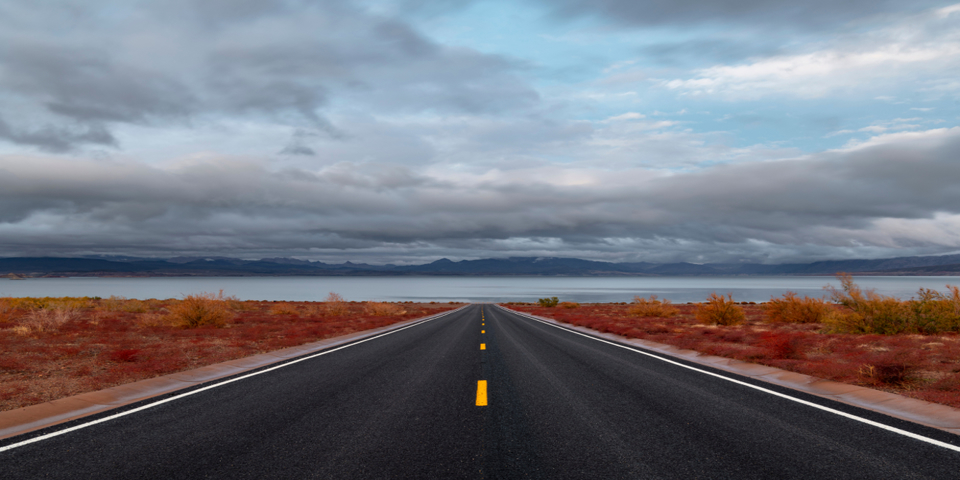
Northshore Road is an easy drive, winding its way through rugged mountains, bright red sandstone, and vast, unobstructed vistas. The landscape is primal and sometimes otherworldly. This part of Lake Mead National Recreation Area is interspersed with the rugged blue-gray mountains and areas of unusual red sandstone rock formations.
This drive is especially pretty in the spring, when the skies are a peerless blue, and the wildflowers are in bloom. Along the way, be sure to stop at Redstone at mile marker 27 and hike the trails. These big, unusual red sandstone rocks look like something out of the Flintstones. There are picnic tables and restrooms here too.
Towards the end of your scenic drive, you’ll reach the natural oasis of Rogers Spring and Blue Point Spring. These are natural, warm water springs, maintaining a water temperature of 85 degrees. It’s a lovely area, and you’ll see tiny, native fish darting about in the sparkling, clear water.
After the springs, you can turn left at the sign for Stewart Point, to gain access to the lake. From here, you can walk along a small beach, launch a kayak, and get some very pretty views of the Gold Butte National Monument at the north end of the lake.
Hiking
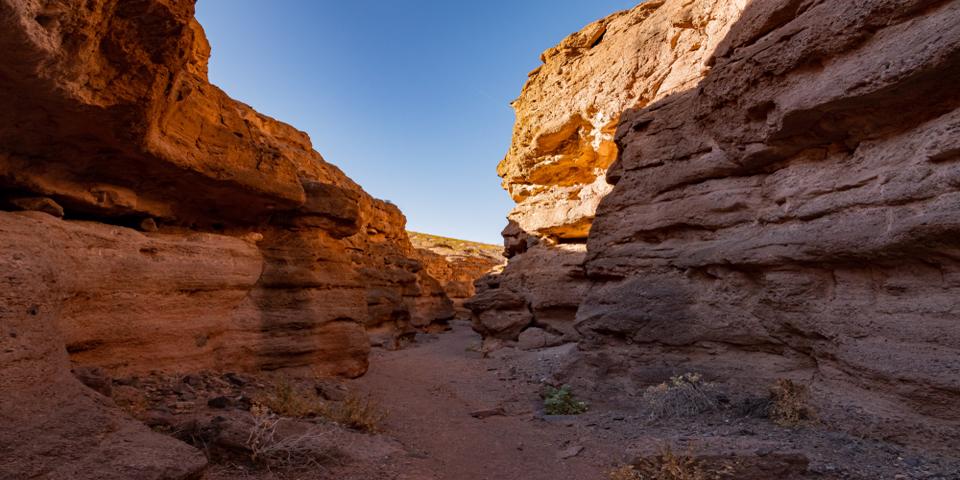
The park has nine designated wilderness areas, and you can stop your car at any pullout, get out and go hiking. The best way to explore this vast landscape is on foot, traversing the open expanse of rainbow-colored rock formations. There are too many good trails to even begin listing them here! Ranger-led hikes are available year-round, but in the heat of the summer, those are in the evening.
The best time to hike around Lake Mead is in the spring, when the weather is mild, the skies are blue and the wildflowers are blooming in profusion. Fall and winter are good times too. However, be aware that this is a desert, and hiking far off the beaten path in the summer is not a good idea. Always bring plenty of water. Also, avoid hiking in dry washes or slot canyons if it’s raining, as flash floods can occur without notice.
Biking
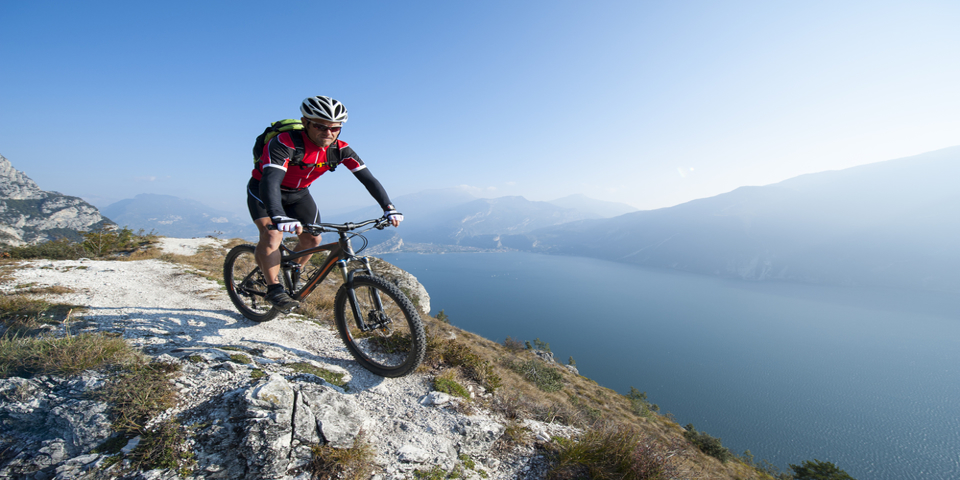
Bicyclists are welcome at Lake Mead National Recreation Area, as long as they stay on the park roads and on designated bicycle routes. Bike-approved backcountry trails are designated with a yellow arrow sign. Keep in mind, biking is not allowed in any federal wilderness area.
Two good biking trails around Lake Mead are the Historic Railroad Tunnel Trail and the River Mountains Loop Trail. The Historic Railroad Tunnel Trail begins near the Visitor Center, and it’s short and easy, with panoramic views of Lake Mead. The River Mountains Loop Trail spans 34 miles, circling around the edges of the city and across 17 miles of the Lake Mead Recreation Area.
Fishing
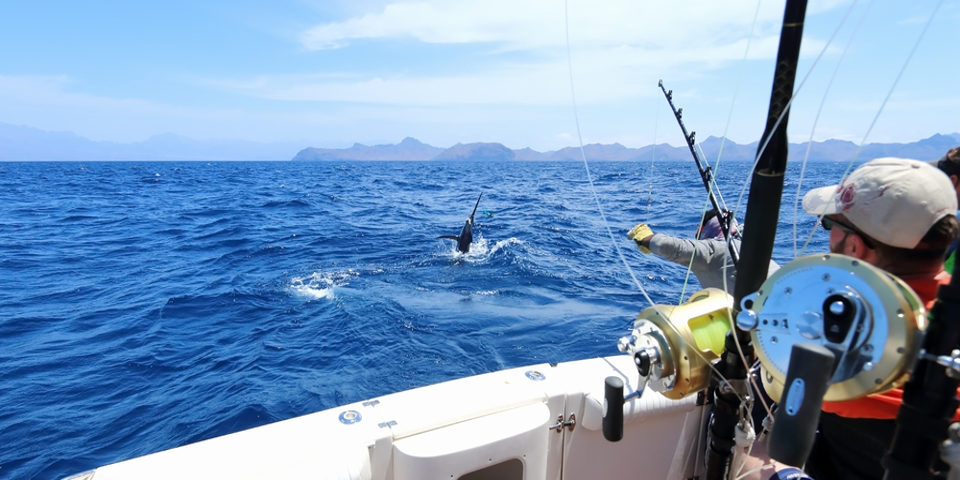
Fishing is a favorite sport at Lake Mead. With nearly 300 square miles of water, you’re sure to find a good spot to catch catfish, rainbow trout, sunfish, all types of bass, and crappie. Keep in mind, you’ll need a fishing license from the state of Nevada or Arizona, depending on what side you’re on. You can get a license at one of the marinas or at a bait and tackle shop before you get here.
Lake Mead is well-known for its striped bass, with some weighing in at an impressive 40 pounds. Bass fishing is good across Lake Mead with bluegill, sunfish, catfish, and crappie more common in the northern part of the lake.
You can fish 24-hours a day, from a boat, kayak or from the shore, and there are fish cleaning stations at Las Vegas Bay, Callville Bay, Echo Bay Hemenway Harbor, and Temple Bar. Please don’t leave fish guts on the ground for the coyotes; dispose of them properly at the cleaning stations.
Boating
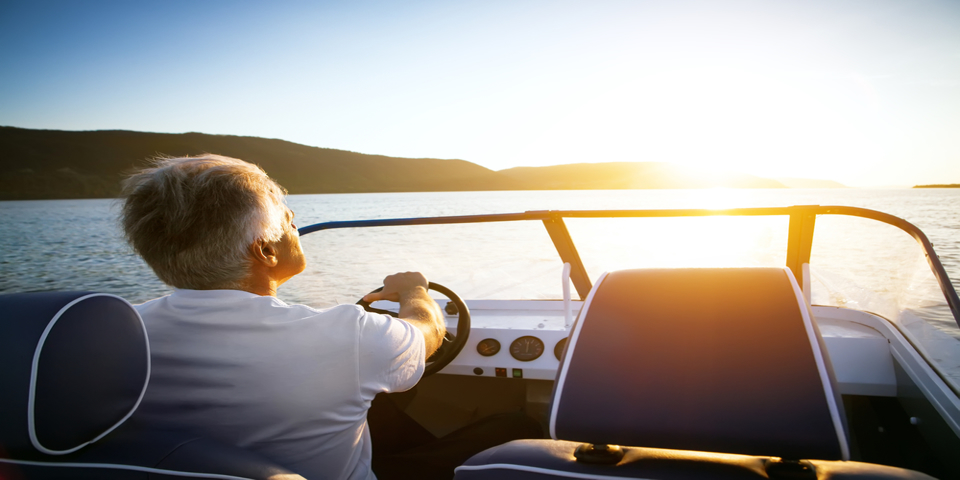
Boating is very popular on Lake Mead, with more than 500 miles of primal and pristine shoreline. You can sail between the soaring red rock cliffs to countless hidden beaches and bays. If you don’t have a boat, you can rent everything from a Jetski to a 70’ houseboat at Callville Bay. However, to rent a boat, you may need a boating license.
Kayaking and canoeing are inexpensive and accessible forms of boating. You can launch your kayak or canoe from many places around Lake Mead, and many hidden coves are waiting to be discovered. However, the area directly around Hoover Dam is restricted, and the permits are handled by authorized kayak tour outfitters.
Camping
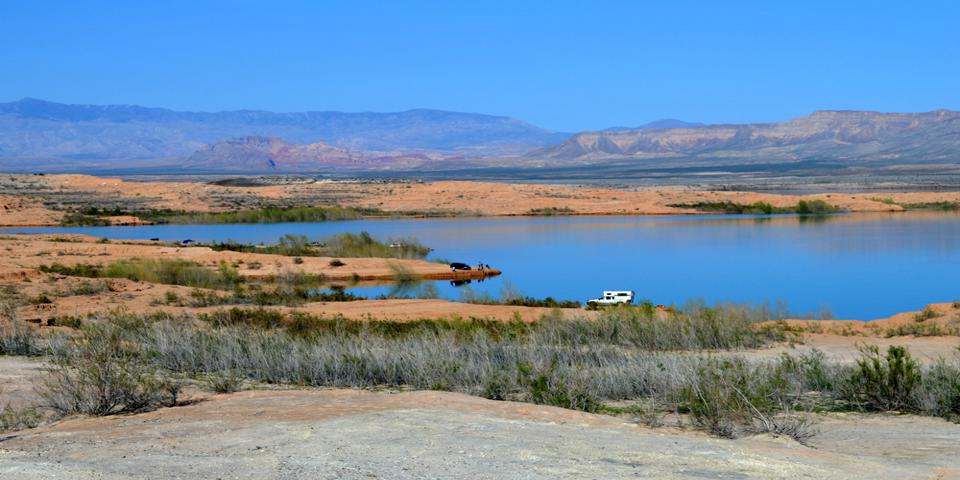
With five official campgrounds at Lake Mead, you have numerous opportunities to pitch your tent “off-grid” right at lakeside or deep in the wilderness. You can camp just about anywhere that’s accessible by foot, boat, or on horseback. However, your campsite must be at least 1/2 mile from a designated road, and remember to pack it in, pack it out.
The campgrounds at Callville Bay, Las Vegas Bay, Echo Bay, Boulder Beach, and Temple Bar offer facilities for both tent campers and RVs. These campgrounds have water, showers, and full hookups for RVs. It’s a very pleasant way to park, relax and enjoy a full week at Lake Mead.
Once you reach the solitude and peace of Lake Mead, you may never want to go back to Las Vegas. The vast blue skies, fresh air, and stunning scenery keep visitors coming back year after year. The deep blue waters, star-filled night sky, and magnificent sunrises are what fond memories are made of.

